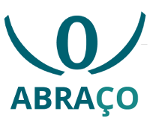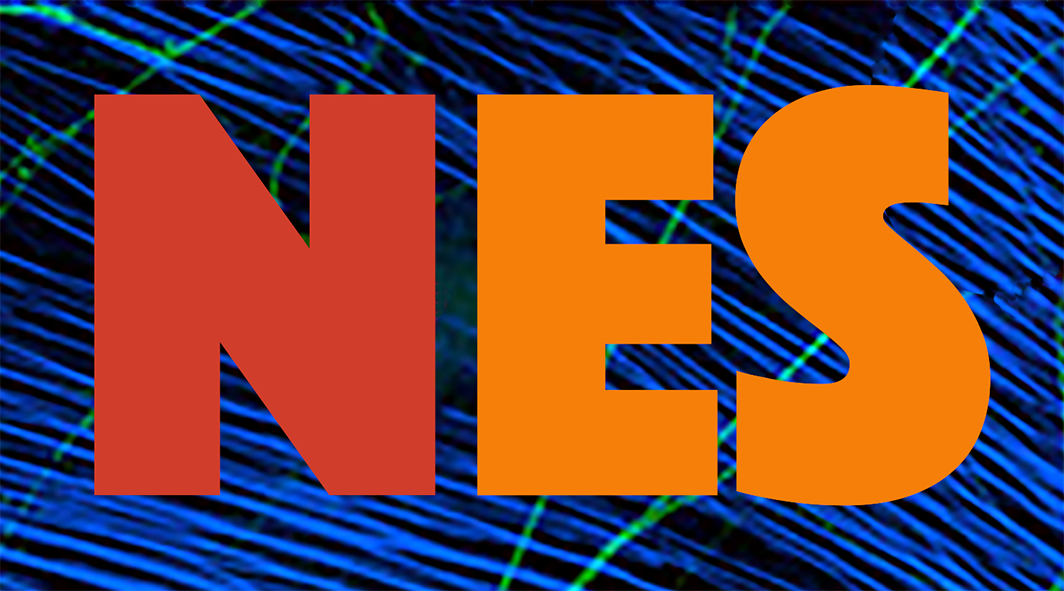
Representing Neuromathematics: complex images for science dissemination
Dec 21, 2017
The NeuroMat dissemination team has led an experimental project to produce graphic video representations of papers from the NeuroMat research team. The goal is to experiment a new language for scientific dissemination that both provides an understanding of the research process and contributes to the development of a new line of research on how to represent science. A recent output has been the publication of a video on the article "Reduced functional connectivity within the primary motor cortex of patients with brachial plexus injury," from 2016.
Final version
The video associated to the NeuroMat 2016 paper was produced from September to early December in 2017. The general goal of this particular work has been to develop a particular language to represent basic information on the brachial plexus injury and processes associated to research on this injury. The technique that is adopted is called time-lapse. Two versions have been produced; both the preliminary and final versions are presented here in to showcase steps in the process of this experimental work.
The video was produced by NeuroMat researcher Giulia Modupe Ebohon in the context of a research project supported by the São Paulo Research Foundation.
Key features of Ebohon's project are at least threefold. Firstly, her work has been systematically licensed under open licenses, particularly Creative Commons licenses, as a means to support communicators to remix based on her work. Secondly, her day-to-day activities have rested upon continuous interactions with NeuroMat's research team, most importantly to develop a language and a narrative to best represent NeuroMat's research to broader audiences in short media productions. Thirdly, the process of devising and producing the videos in the context of FAPESP's project has been systematically described in a set of posts on NeuroMat's science-dissemination blog, Traço de Ciência. The idea is to contribute to reflecting more largely on the role of images in science dissemination.
Preliminary version
Science's image crisis
The theoretical framework in which "Representing Neuromathematics" has been developed identifies a mismatch between how scientific dissemination practices rely on images and how images have been worked on through contemporary medias. This identified mismatch has been at the cornerstone of the NeuroMat paper "Representing Neuromathematics: Image in Science Dissemination", presented at the Section on Communication, Image and Imaginary at the 2017 Brazilian Congress of Communications Sciences.
A major theoretical reference to the project on "Representing Neuromathematics" has been communications scientist Josep Català. On his book La imagen compleja: la fenomenología de las imágenes en la era de la cultura visual, Català has interrogated the role images take up in the process of disseminating science: according to him, in typical science dissemination strategies images are merely illustrations of what is seen as the most important means of disseminating science, texts. These typical strategies are at least unable to take advantage of the potentials of images, that can lead to incorporating visual mechanisms onto the process of formulating scientific knowledge.
ABRAÇO
The visual work on "Reduced functional connectivity within the primary motor cortex of patients with brachial plexus injury" is mainly hosted on the NeuroMat Action for the Brachial Plexus Injury (ABRAÇO), an initiative to provide reference content on educational resources and research associated to the brachial plexus injury that NeuroMat PI Claudia Domingues Vargas leads.
A challenge associated to ABRAÇO remains the connecting of high-end research outcomes, particularly research papers, to broader audiences. This connecting has been worked on through experimental communications projects. Alongside videos, the NeuroMat dissemination team has produced vulgarization pieces that have been called "ABRAÇO Acadêmico," that provide an easy-to-read summary of research papers published by scientists associated to ABRAÇO and is currently involved in the process of producing a graphic novel to provide basic information on the brachial plexus injury mostly to patients and caregivers. An ABRAÇO Acadêmico version of "Reduced functional connectivity within the primary motor cortex of patients with brachial plexus injury" has been published.
Share on Twitter Share on Facebook| NeuroCineMat |
|---|
|
Featuring this week: |
| Newsletter |
|---|
|
Stay informed on our latest news! |
| Follow Us on Facebook |
|---|




